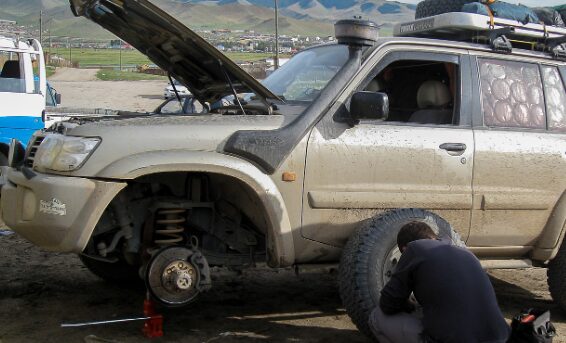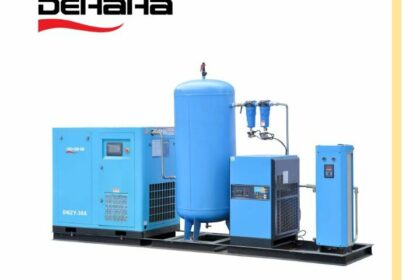Regarding vehicle modifications, few upgrades are as exciting or transformative as installing a lift kit. Whether you are an off-road enthusiast looking to conquer rugged terrains or simply seeking a more commanding presence on the road, lift kits offer a range of benefits. However, like any modification, there are also potential drawbacks that should be considered. Before deciding to elevate your ride, it is crucial to weigh the pros and cons to ensure this modification aligns with your needs and lifestyle.
What is a Lift Kit?
A lift kit is a modification that raises your vehicle’s suspension or body, increasing its height. There are two main types: suspension lift kits and body lift kits. Suspension lift kits elevate the car by raising its suspension components, while body lift kits achieve lift by adding spacers between the body and frame. Lift and leveling kits are available to balance out uneven suspension and provide a modest lift. Both options can significantly change the way your vehicle looks and performs.
1. Improved Off-Road Capability
For off-road enthusiasts, lift kits are a game-changer. The increased ground clearance allows your vehicle to easily traverse rough terrains, including rocks, mud, and steep inclines. This modification enables you to explore trails that would otherwise be inaccessible.
2. Enhanced Aesthetic Appeal
A lifted vehicle commands attention. The aggressive and bold appearance is one of the main reasons many people opt for lift kits. Whether you drive a truck, SUV, or Jeep, a lift kit can make your vehicle stand out.
3. Better Visibility
Raising the height of your vehicle provides a higher vantage point, improving your visibility of the road and surroundings. This can be especially useful when navigating through traffic or driving in areas with limited visibility.
4. Tire Options
A lift kit creates space for larger tires, often essential for off-road performance. Larger tires also improve traction, especially in challenging conditions like snow or mud.
The Cons of Installing a Lift Kit
1. Higher Costs
Installing a lift kit can be expensive for the initial purchase, professional installation, and ongoing maintenance. The costs can quickly increase, especially if you opt for high-quality components or additional modifications.
2. Reduced Fuel Efficiency
A lifted vehicle often experiences reduced fuel efficiency due to increased wind resistance and the added weight of larger tires. This is an essential consideration for those who use their vehicles for daily commuting.
3. Altered Handling
The change in height can impact your vehicle’s center of gravity, potentially making it more prone to body roll and less stable during sharp turns. This could affect overall safety if not properly managed.
4. Legal and Insurance Considerations
Depending on your location, there may be regulations regarding vehicle modifications. Additionally, some insurance providers may charge higher premiums for vehicles with lift kits due to the increased risk of accidents or damage.
Installing lift kits can be an exciting way to enhance your vehicle’s performance and aesthetics. However, it is essential to consider the potential drawbacks, such as costs, handling changes, and legal implications. By carefully evaluating your needs and conducting thorough research, you can determine if a lift kit is the right choice for your vehicle. Whether you opt for a complete lift or explore lift and leveling kits, ensure that professionals install them to guarantee safety and quality.








